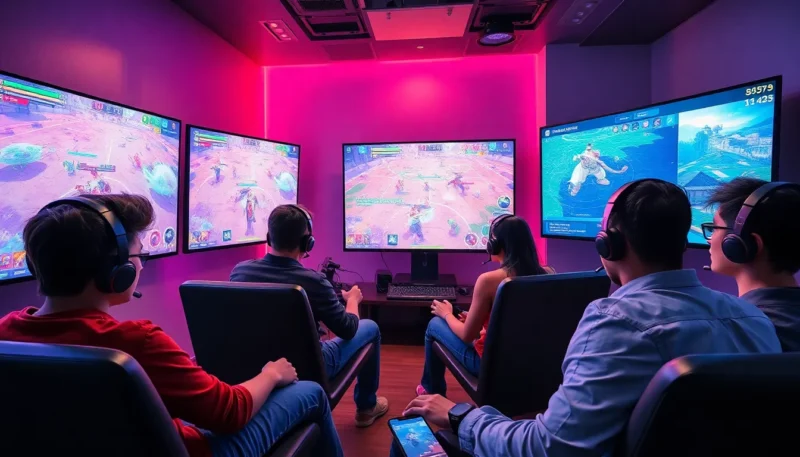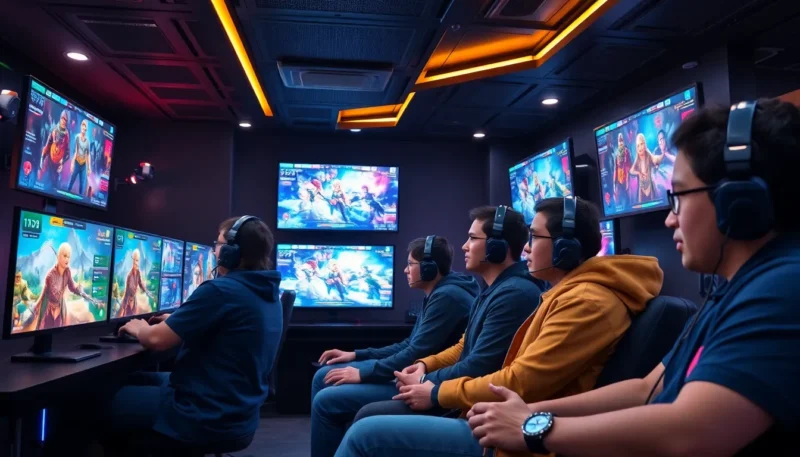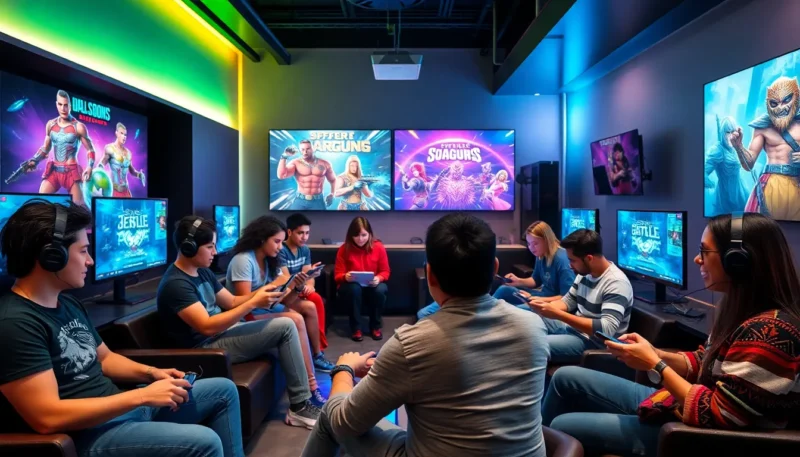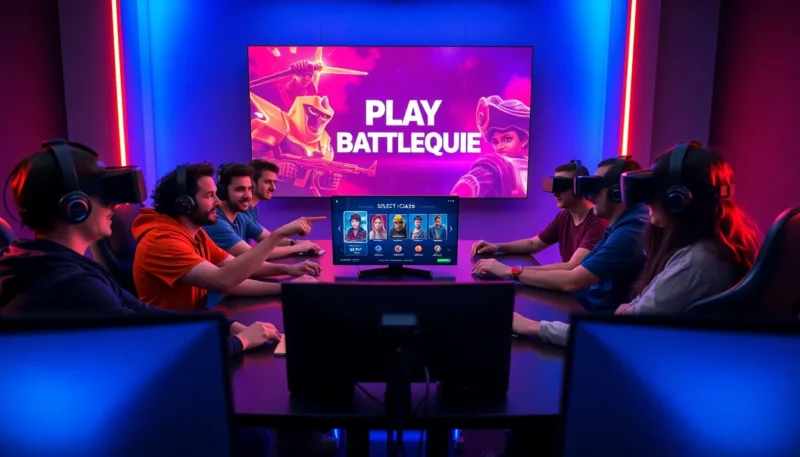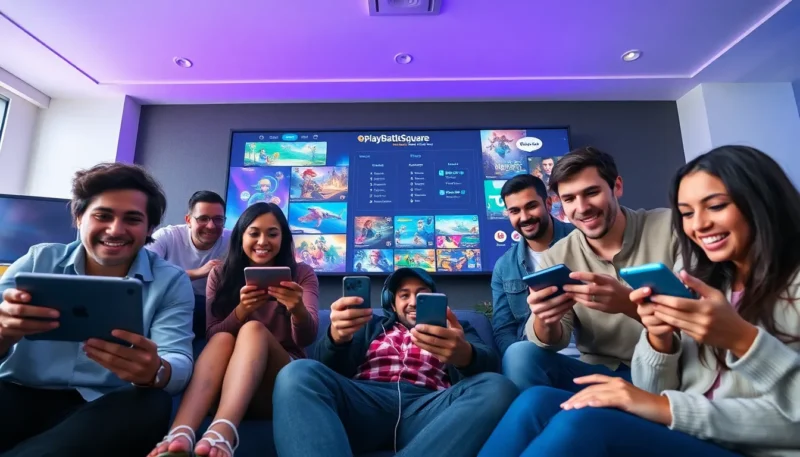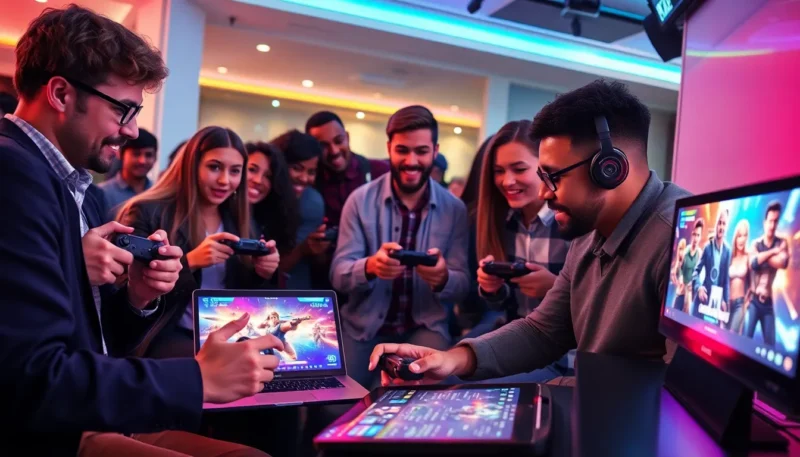What Are Modern 3D Art Game Solutions?
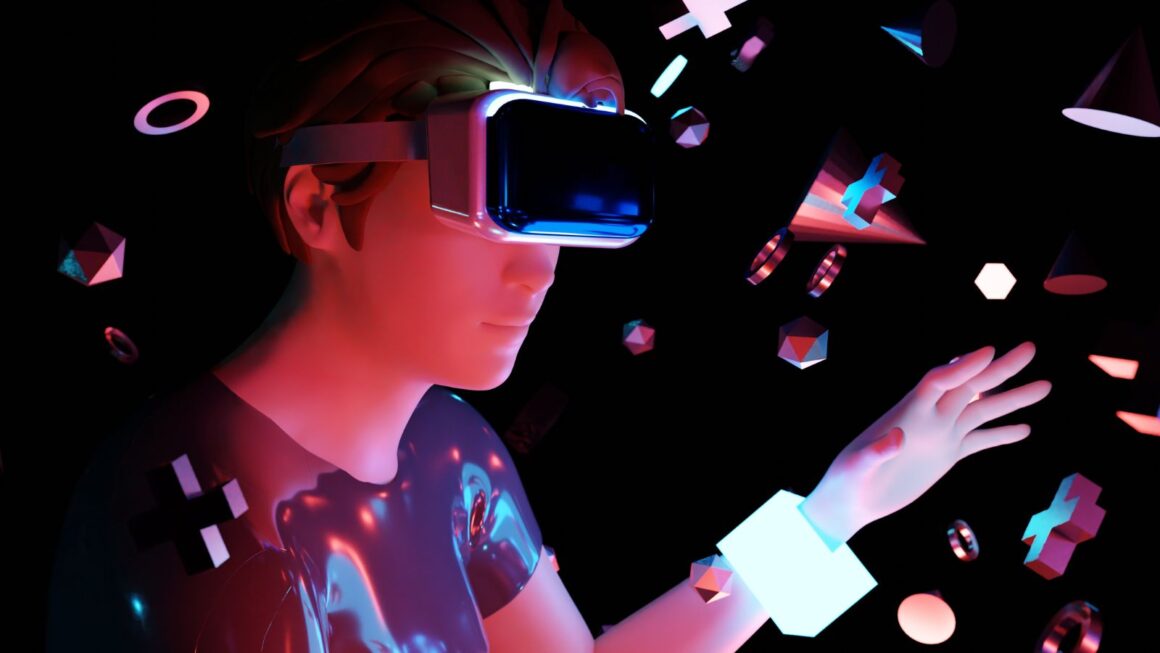
When you boot up The Last of Us Part II and step into that overgrown Seattle, or ride through the neon streets of Cyberpunk 2077, you’re seeing years of change in how 3D graphics are made. Modern 3D art game solutions aren’t just prettier models – they’re a blend of tools, tech, and workflows that let studios pull off worlds bigger than anyone thought possible a decade ago.
Real-Time Rendering Changed Everything
There was a time when artists hit “render” and went home for the night. In the morning, they’d find out if the shadows looked right. That feels ancient now. Engines like Unreal and Unity give instant feedback – artists tweak lighting or textures and see the result right away.
For a 3D game dev studio working on multiple continents, this is more than convenience. It means teams in Kyiv, Montreal, and Los Angeles can look at the same build, react in real time, and avoid losing days to back-and-forth screenshots.
How PBR Textures Made Games Shine
Physically based rendering, or PBR, sounds like jargon. But anyone who’s watched rain slick the streets in Spider-Man: Miles Morales has seen it in action. Materials now behave as they do in the real world – metal reflects, cloth absorbs, stone scatters light. Artists no longer fake every angle by hand.
Consistency is the real win. Whether you’re climbing a mountain at sunrise or exploring a dungeon by torchlight, armor still looks like armor. This is where 3D game art services shine: building libraries of reliable materials that developers can reuse across massive projects.
Game Design Solutions That Support Play
Graphics can’t just look good – they have to serve the gameplay. That’s where game design solutions come in.
Take Horizon Forbidden West. The ruins and cliffs don’t only add atmosphere – they subtly push players toward objectives without giant arrows on the HUD. A game design agency may be hired specifically to think through that flow, designing assets that double as visual cues. It’s art with a purpose.
The Procedural Shortcut
Entire worlds can’t be built tree by tree. Procedural generation is the shortcut, and it’s everywhere. No Man’s Sky used it to create a universe. But smaller games use it too – like roguelikes that spin up new dungeons every run.
The benefit is scale. A handful of artists can generate a forest in minutes, then polish the details. Outsourcing partners often add this layer to their toolset so developers under deadline pressure don’t drown in manual asset placement.
Scanning the Real World
Sometimes, nothing beats reality. Photogrammetry – taking a set of photos and turning them into a model – has become standard in AAA productions. Star Wars Battlefront scanned real props straight from the Lucasfilm archives. The blasters in the game aren’t approximations – they’re the actual props actors carried on set.
A specialized 3D art company may step in here. Not every developer owns high-end scanning rigs, so studios lean on partners who can deliver ultra-realistic models ready to drop into the game engine.
AI as the Quiet Assistant
AI isn’t making games on its own, but it’s saving time in unglamorous ways. It cleans mocap data, sharpens low-res textures, and even suggests variations of concept art. Ubisoft, for example, has experimented with AI to fill in background NPC chatter. It’s not a headline feature, but it buys human artists more creative bandwidth.
Beyond the Game – Illustration
A game doesn’t live only on a hard drive. It needs marketing art, key visuals, cinematic trailers. That’s where 3D illustration agencies and 3D illustration services enter the picture. They produce the splash images you see on storefronts or the concept art plastered across convention booths. Without them, a game might look great in-engine but fall flat when it needs to sell itself.
To sum up
Modern 3D art solutions are a patchwork of real-time rendering, PBR, procedural workflows, scanning, AI, and specialized partners. Together, they’ve reshaped how studios build and ship games. And while the tools keep changing, the goal stays the same – pulling players into worlds that feel alive, believable, and worth exploring.


